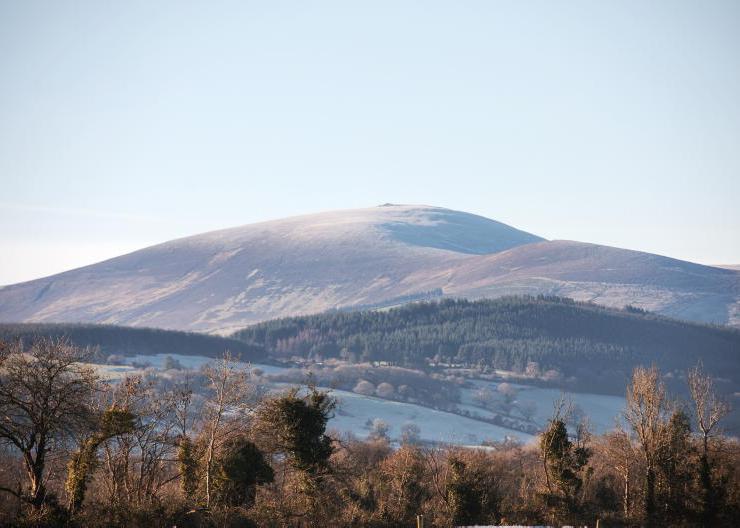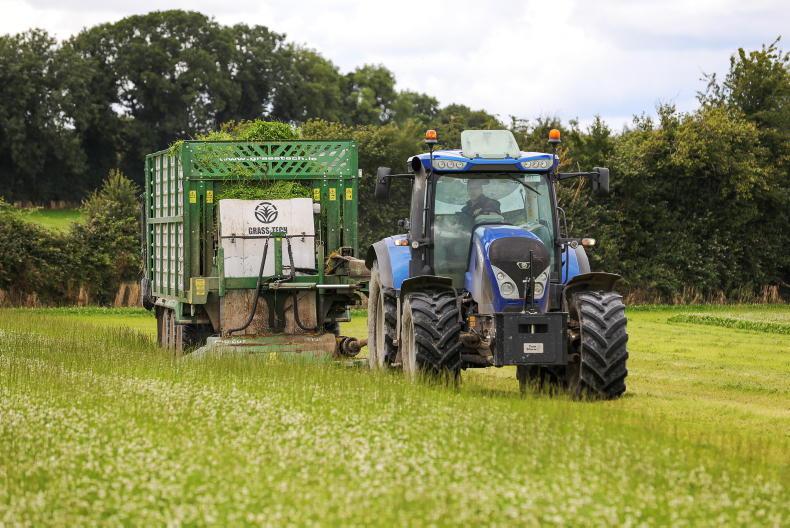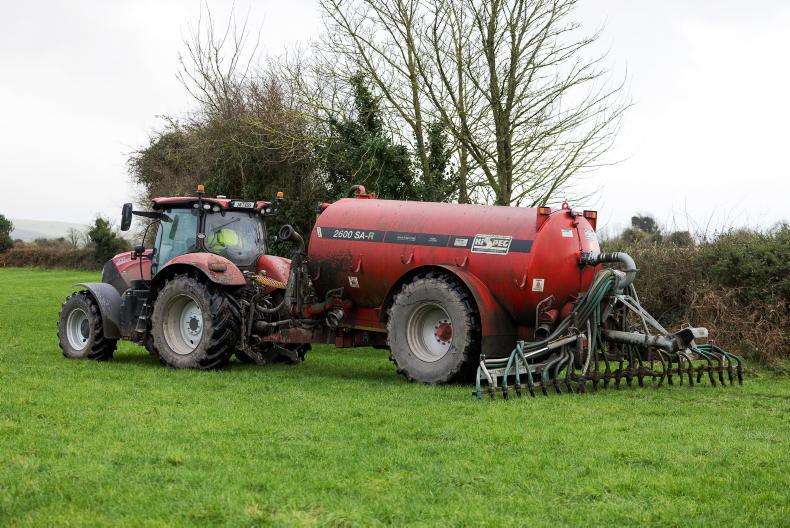Farmers all over Ireland will be watching with interest the latest investment by the industry led by Teagasc in climate change and tooling up farmers and the industry.
While we still may not know where the bogs are on the island for rewetting, or what we need to do with the peat farmland when we find the bogs, it is imperative that farmers on mineral soils know what actions to take. Farmers are already moving on this at pace, as evidenced in recent actions, but bringing an overview and holistic approach to this is paramount to driving real change at farm level.
Farmers have rightly criticised previous attempts to measure emissions only from farms and while knowing emissions is important, also knowing the benefits of sequestrating carbon that farmers all over Ireland can participate in is key to any real change at farm level.
Irish MEP Colm Markey is concerned that this week’s European Commission proposal on carbon doesn’t go far enough.
The IFA is more scathing, suggesting it is very disappointing and more likely to be a ‘white elephant’ than a future ‘cash cow’ as presented by Minister Ryan.
More climate
efficient food
Given the rising global population, rising food consumption and the near 30 wars going on around the world that affect food supply, we must
keep a real focus on the drive to reduce carbon intensity of food produced.
The latest FAO report shows the emissions intensity of Irish beef has decreased by 21% since 2000, while milk fell by 25% in the same period. This reduction reflects the increase in production efficiency when measured by the greenhouse gas emissions per unit of product. On a global level when we measure agricultural emissions they are classified as farmgate (up 13% since 2000), pre- and post-production (up 45%), and land use change (down 29% since 2000 because fewer trees were cut down).
The 45% lift in production emissions shows farmers are not the only ones that need to change practices.
Farmers all over Ireland will be watching with interest the latest investment by the industry led by Teagasc in climate change and tooling up farmers and the industry.
While we still may not know where the bogs are on the island for rewetting, or what we need to do with the peat farmland when we find the bogs, it is imperative that farmers on mineral soils know what actions to take. Farmers are already moving on this at pace, as evidenced in recent actions, but bringing an overview and holistic approach to this is paramount to driving real change at farm level.
Farmers have rightly criticised previous attempts to measure emissions only from farms and while knowing emissions is important, also knowing the benefits of sequestrating carbon that farmers all over Ireland can participate in is key to any real change at farm level.
Irish MEP Colm Markey is concerned that this week’s European Commission proposal on carbon doesn’t go far enough.
The IFA is more scathing, suggesting it is very disappointing and more likely to be a ‘white elephant’ than a future ‘cash cow’ as presented by Minister Ryan.
More climate
efficient food
Given the rising global population, rising food consumption and the near 30 wars going on around the world that affect food supply, we must
keep a real focus on the drive to reduce carbon intensity of food produced.
The latest FAO report shows the emissions intensity of Irish beef has decreased by 21% since 2000, while milk fell by 25% in the same period. This reduction reflects the increase in production efficiency when measured by the greenhouse gas emissions per unit of product. On a global level when we measure agricultural emissions they are classified as farmgate (up 13% since 2000), pre- and post-production (up 45%), and land use change (down 29% since 2000 because fewer trees were cut down).
The 45% lift in production emissions shows farmers are not the only ones that need to change practices.










SHARING OPTIONS